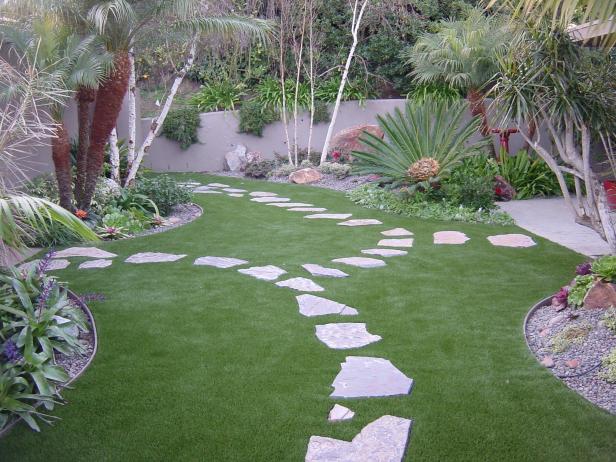
Patio Landscaping for Pets: Creating Pet-Friendly Spaces
Introduction
As pet owners, we want to provide our furry friends with the best possible environment to live and thrive. One way to do this is to create a pet-friendly patio space where they can enjoy the outdoors safely and comfortably. Here’s a comprehensive guide to help you transform your patio into a pet paradise.
Planning and Design
1. Safety First
- Secure your patio with fencing or gates to prevent pets from escaping.
- Remove any potential hazards, such as sharp objects, poisonous plants, or electrical wires.
2. Pet-Friendly Surfaces
- Choose non-slip surfaces for flooring to prevent accidents.
- Avoid materials that can get too hot or cold for pets’ paws, such as concrete or metal.
- Consider using artificial turf or pet-friendly pavers for comfort and durability.
3. Shady Areas
- Provide plenty of shade to protect pets from the sun and heat.
- Install shade sails, umbrellas, or plant trees and shrubs to create shaded spots.
- Consider a misting system or cooling pad for hot climates.
4. Pet-Friendly Plants
- Choose plants that are non-toxic to pets.
- Avoid plants with thorns or sharp leaves.
- Consider planting pet-friendly herbs, such as catnip, mint, or rosemary, for added enrichment.
5. Water Features
- A water fountain or shallow pool can provide hydration and entertainment for pets.
- Ensure the water is clean and accessible at all times.
- Consider a pet-friendly water bowl or fountain to prevent spills.
Amenities and Enrichment
1. Play Areas
- Create a designated play area with toys, obstacles, and tunnels.
- Consider adding a small agility course or sandbox for active pets.
2. Rest and Relaxation Zones
- Provide comfortable pet beds or cushions in shaded areas.
- Consider adding a hammock or swing for cats to enjoy the outdoors.
3. Sensory Stimulation
- Plant a variety of textures, scents, and sounds to stimulate pets’ senses.
- Use wind chimes, bird feeders, or water features to create a calming and engaging environment.
4. Privacy and Security
- Create privacy screens or plant tall shrubs to provide a sense of security for pets.
- Consider adding a pet door or gate to allow pets to access the patio independently.
5. Maintenance and Care
- Regularly clean and disinfect the patio to maintain hygiene.
- Remove pet waste promptly to prevent odors and bacteria buildup.
- Trim plants and remove any potential hazards as needed.
Specific Considerations for Different Pets
1. Dogs
- Provide ample space for running and playing.
- Include a digging area or sandbox for dogs who enjoy digging.
- Consider a dog run or leash tie-out for supervised outdoor time.
2. Cats
- Create vertical spaces with cat trees or climbing structures.
- Provide plenty of hiding places and scratching posts.
- Consider a catio or enclosed outdoor space for added safety and enrichment.
3. Birds
- Install a birdcage or aviary with perches, toys, and a water source.
- Plant bird-friendly plants to attract wildlife.
- Provide a safe and secure space for birds to fly and explore.
4. Small Animals
- Create a secure enclosure with appropriate bedding, toys, and food.
- Provide hiding places and enrichment activities, such as tunnels or digging boxes.
- Ensure the enclosure is escape-proof and protected from predators.
Conclusion
Creating a pet-friendly patio space is a rewarding way to enhance your pet’s well-being and provide them with a safe and enjoyable outdoor environment. By following these guidelines and considering your pet’s specific needs, you can transform your patio into a pet paradise that will provide years of enjoyment and enrichment.